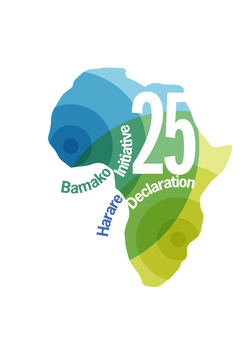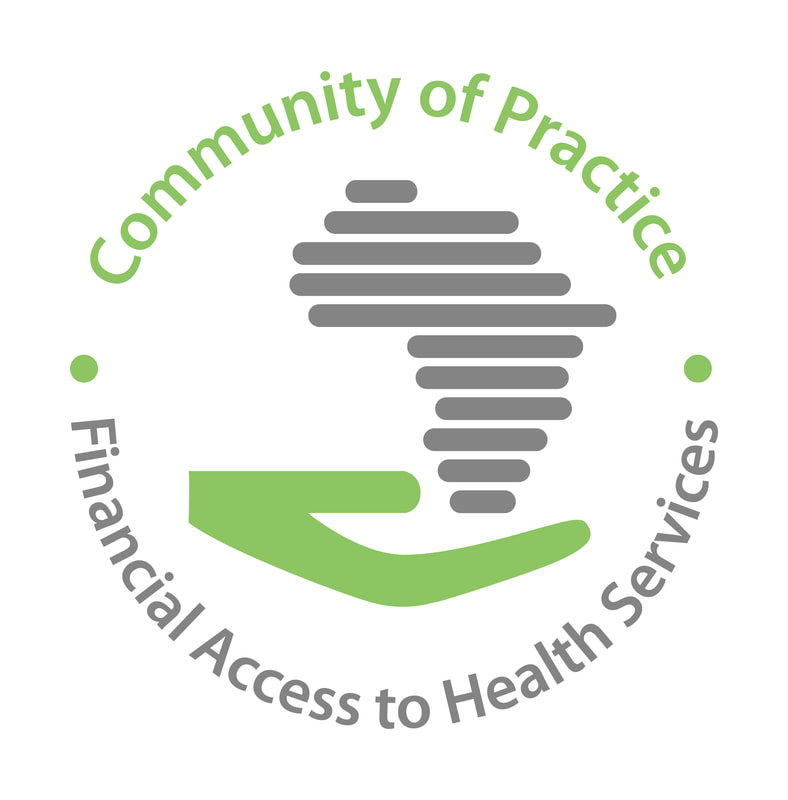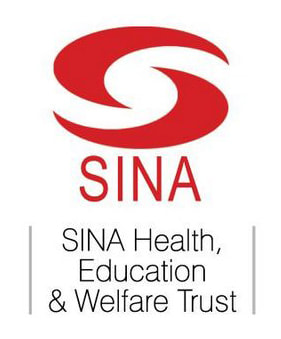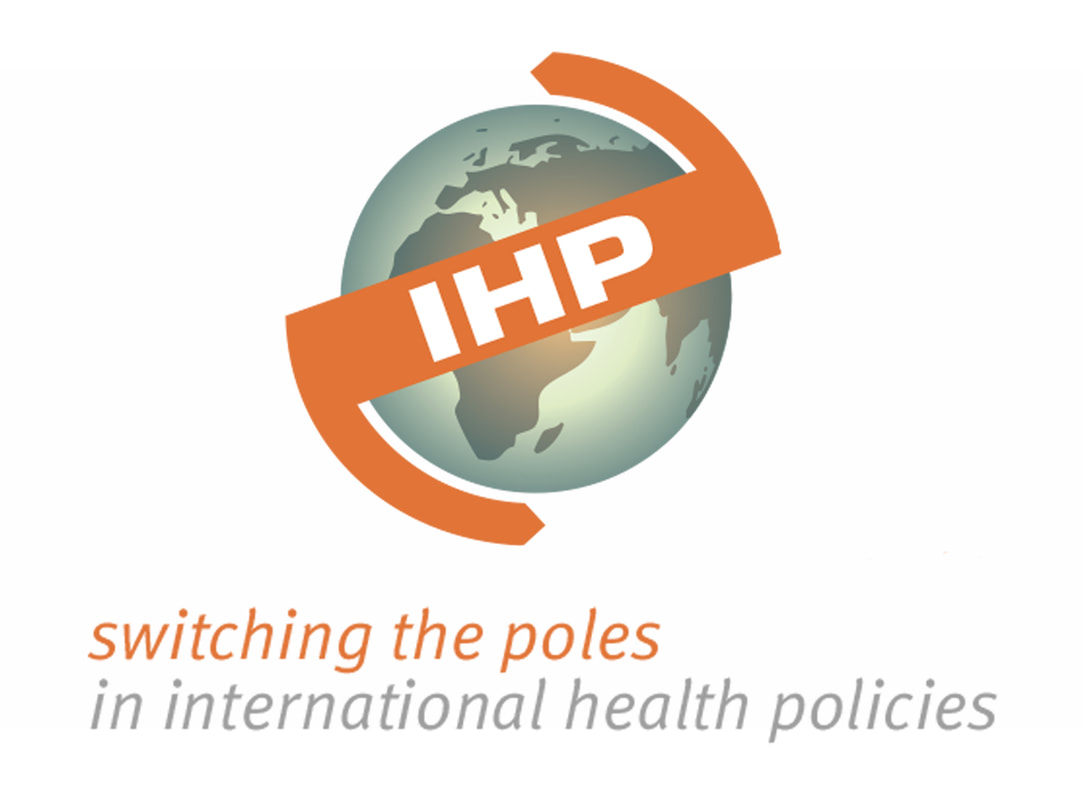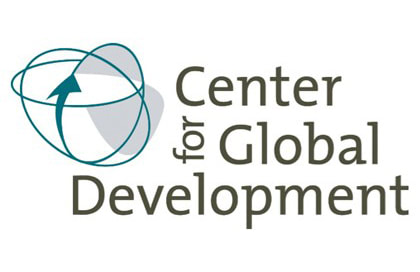
On 26 April Robert Soeters, overwhelmed and blushingly accepted a Royal decoration from the hands of Mayor Jozias van Aartsen in an annual public ceremony colloquially called the lintjes regen (the decorations rainfall). A close group of friends, colleagues and members of family had organized and requested the nomination without Robert’s knowledge, and had lured him from Africa (where he is mostly found) to The Hague (where he sometimes resides) for a work meeting after which he was ushered in front of the decorating official. Robert has worked his entire professional career with passion on refining a sophisticated public health intervention that has gained currency as ‘Performance-based financing’. Please join us in calling Robert from now on ‘Sir Robert’!
Ce 26 avril, submergé par l'émotion et rougissant, Robert Soeters a accepté une décoration royale des mains du Maire Jozias van Aaartsen lors d'une cérémonie publique annuelle familièrement appelé le lintjes regen (pluie des décorations). Un groupe d'amis proches, collègues et membres de la famille avait organisé et proposé sa nomination, à son insu. Ils ont dû le tirer d'Afrique (où il se trouve principalement) pour le faire venir à La Haye (où il réside parfois) pour une réunion de travail, après quoi il a été conduit devant l'officiel en charge des décorations. Robert a travaillé toute sa carrière professionnelle avec passion à peaufiner une intervention sophistiquée de santé publique qui est connue aujourd'hui comme le « financement basé sur la performance ». S'il vous plaît joignez vous à nous pour appeler Robert à partir de maintenant 'Sir Robert'!

